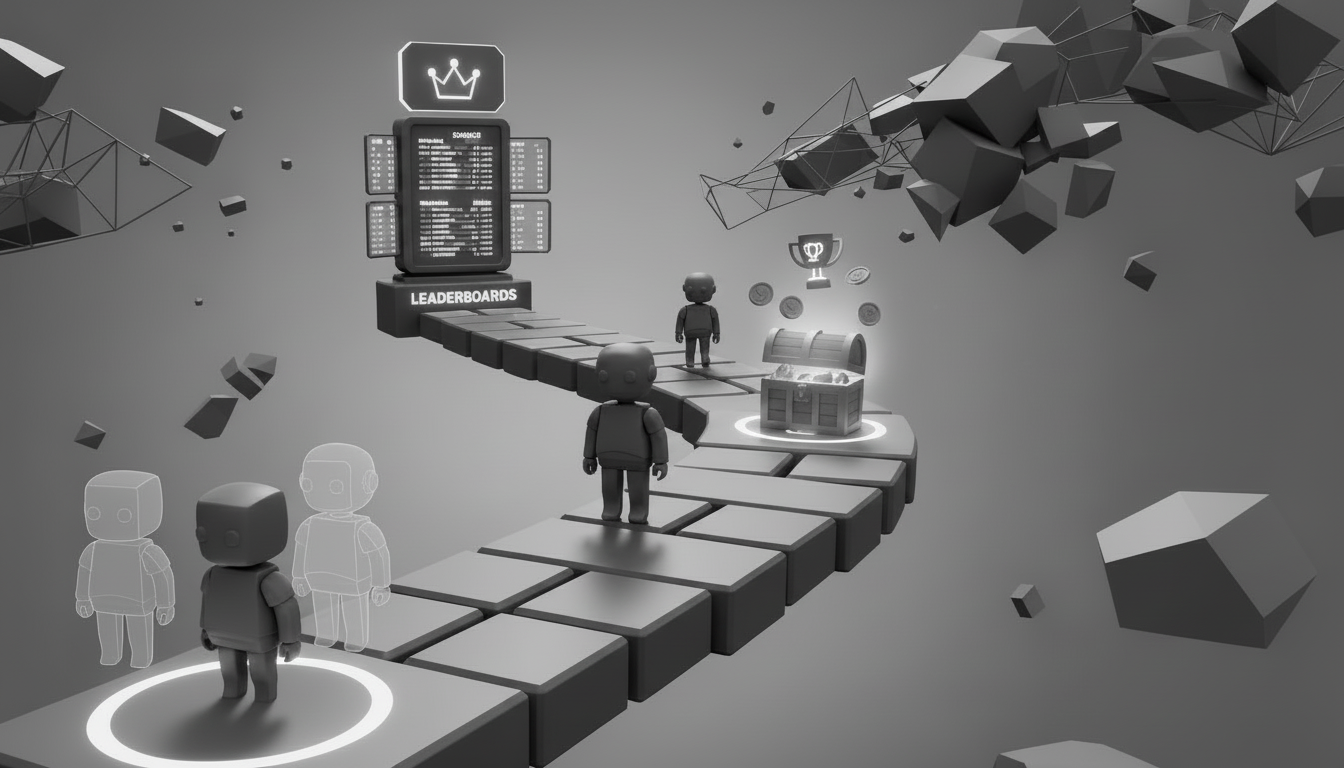
Learning and Development: A Complete Guide

What is Learning and Development
Learning and Development refers to the various activities and programs designed to help employees acquire new skills, knowledge, and competencies necessary for their professional growth and the overall development of the organization. These activities can include formal training programs, such as classroom-based courses or eLearning modules, and informal learning opportunities, such as mentorship or on-the-job training. The goal of Learning and Development is to help employees become more effective and efficient in their roles and to support the overall growth and success of the company.
Elements of Learning and Development
Learning involves acquiring new information or skills through instruction or experience. It can occur in formal or informal settings, such as structured classes or on-the-job training. Training is typically more focused on developing specific skills related to a job function; it often includes hands-on practice and simulations to ensure mastery of the topic. Finally, development encompasses a more holistic approach that considers an employee’s potential for growth within their role and the organization as a whole.
The Importance Of Learning And Development
Learning and Development is essential for several reasons. It helps employees keep up with the changing demands of their jobs and the industry. It also allows them to adapt to new technologies and processes, which can improve their productivity and efficiency. Moreover, Learning and Development can lead to increased job satisfaction and retention, as employees feel more valued and motivated when they are given opportunities to learn and grow.
Related: Immersive experience, a lever to attract and retain talent
Types Of Learning And Development Methods
Organizations can utilize several Learning and Development methods, depending on their goals and the needs of their employees. Some standard methods include classroom training, eLearning, mentorship, and on-the-job training. Each method has advantages and disadvantages, and organizations can choose the best fit for their needs and resources.

The Role Of Technology In Learning And Development
Technology has revolutionized the way organizations approach Learning and Development. Online learning platforms and eLearning courses have made it easier for employees to access training materials and complete coursework at their own pace Interactive gaming and virtual reality technologies takes it to a whole new level and can create immersive learning experiences that can help employees retain information more effectively.
The Role Of Gamification In Learning And Development
Gamification is using game-like elements in non-game contexts to motivate and engage employees. In the workplace, companies can utilize gamification to make Learning and Development more enjoyable and engaging for employees. For example, organizations can use gamification to create interactive quizzes, challenges, and competitions that encourage employees to learn new skills and knowledge. Gamification can also track and measure employee progress, which helps evaluate the effectiveness of Learning and Development programs.
Are you looking to gamify your employees’ experience in the workplace? Explore your options with EMERAUDE ESCAPE
Developing A Learning And Development Strategy
Developing a Learning and Development strategy is an essential step for any organization. It involves identifying the skills and knowledge that employees need to acquire, selecting appropriate training methods, and creating a plan to implement the training.The strategy should also consider the organization’s budget, resources, and goals.
Measuring The Effectiveness Of Learning And Development Programs
Organizations need to measure the effectiveness of their Learning and Development programs to ensure that they are meeting their goals and providing value to employees. There are several methods for evaluating the effectiveness of Learning and Development programs, including assessments, surveys, and performance metrics. By collecting this data, organizations can determine whether their Learning and Development efforts positively impact employee performance and the organization’s overall success.

Best Practices For Learning And Development
There are several best practices that organizations can follow to ensure the success of their Learning and Development programs. Some of these include:
Clearly Defining The Goals And Objectives Of The Program
Organizations need to clearly understand what they hope to achieve through their Learning and Development programs. This helps ensure that the program is tailored to the organization’s and its employees’ specific needs. Goals and objectives should be specific, measurable, attainable, relevant, and time-bound (SMART). By setting clear goals, organizations can track progress and measure the success of their Learning and Development efforts.
Involving Employees In The Planning And Design Of The Program
Engaging employees in the planning and design of Learning and Development programs can help to ensure that the programs are relevant and meet the needs of the workforce. By involving employees in the process, organizations can also increase buy-in and ensure that employees are more likely to participate and fully engage in the training.
Providing Relevant And Up-To-Date Training Materials
Learning and Development programs should provide employees with relevant and up-to-date training materials to be effective. This helps ensure that employees are learning the skills and knowledge they need to succeed in their roles and contribute to the organization’s overall success.
Encouraging Employees To Take An Active Role In Their Own Learning And Development
Learning and Development should be a continuous process, and employees must take an active role in their development. Organizations can encourage this by providing employees with ongoing opportunities to develop, such as workshops, training sessions, and mentorship programs. This can ensure that employees are able to continually improve their skills and knowledge and stay up-to-date with industry changes.
To Wrap it Up
In conclusion, Learning and Development is a critical aspect of any organization’s success. Organizations can improve their productivity, efficiency, and overall performance by providing employees with opportunities to acquire new skills and knowledge through many techniques discussed earlier. Technology and gamification can be valuable tools for making Learning and Development more engaging and effective. By following best practices and regularly evaluating the effectiveness of their Learning and Development programs, organizations can ensure that they are providing their employees with the support they need to succeed in their roles and contribute to the overall success of the company.
Consider taking your employees on an interactive learning experience.
Discover


Book A Demo
Get a personalized demonstration by one of our game design experts.


